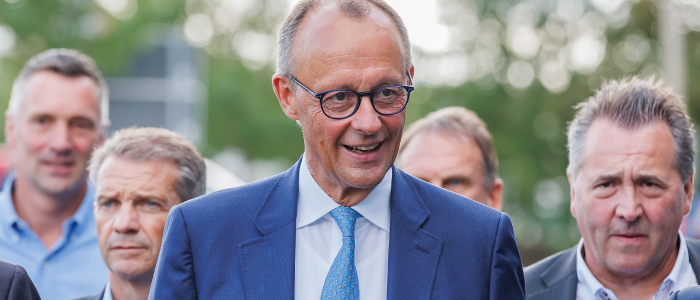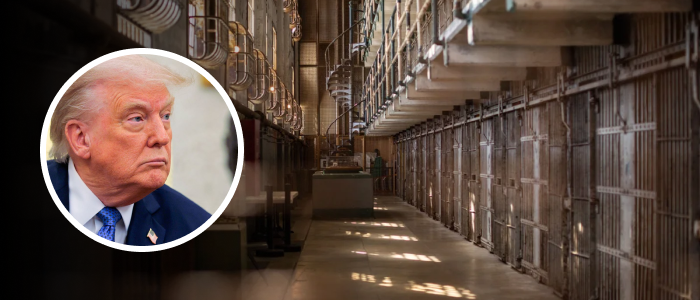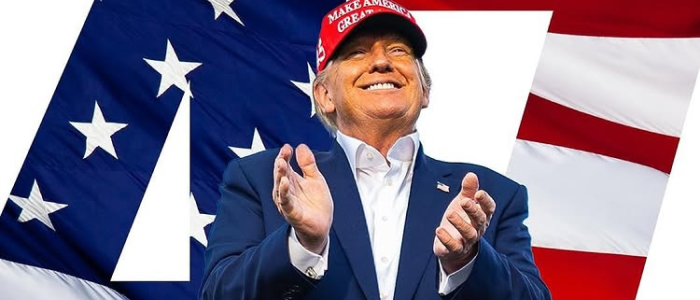When Pope Francis opened the great bronze door at St Peter’s last Christmas Eve, marking the beginning of the Jubilee Year of Hope, he was looking forward to leading the Jubilee events of 2025. He was already planning to meet and greet the hundreds of thousands of pilgrims travelling to Rome for the Holy Year. But God had other plans.
On February 14, the Pope was admitted to Gemelli Hospital with severe double pneumonia. He would remain there for five weeks in a critical condition. We are told that on two occasions he was on the point of death.

Even when discharged, it was clear that Pope Francis’s road to full recovery and strength would be long and arduous. Read more However, the Jubilee Year of Hope continues, and the Holy Father appears determined to play his part, albeit from a wheelchair and with ready access to a supply of oxygen. I recently visited an elderly woman who is similarly frail and dependent on medical care.
She told me how much it meant to her to see Pope Francis making a great effort to appear occasionally in public and say even a few words of greetings and encouragement. Do not allow yourself to be robbed of hope “It gives me hope,” she said. When I was ordained a priest, I chose for my ordination card a verse from Psalm 31: “Be strong, let your heart take courage, all who hope in the Lord.
” In the years since 1987 I have been privileged to witness hope in the lives of many people — people who dare to hope even in the most difficult of circumstances. I cannot imagine what it must be like to lose all hope. Sadly, we live in a world where too many people are tempted to despair — sometimes turning to alcohol, drugs or other addictions in order to escape their fears and disappointments.
Most disturbing of all is the tragic reality of suicide, which steals away life and leaves behind a terrible, open wound. All the more reason then, as we journey through this Jubilee Year of Hope, to remember that we are an Easter people and to accept the call of Pope Francis to be “pilgrims of hope”. His personal witness of serenely bearing daily suffering, pain and weakness, acts like a beacon of hope to many people who face illness, disability or personal problems — and who might otherwise be tempted to “feel useless” or give up.
Pope Francis, being a person of deep faith, is encouraging us to embrace suffering as a natural part of life and unite it with the suffering of Jesus on the cross for us all. I remember, back in 2004, attending a general audience in Rome with Pope John Paul II. It was the year before he died.
And to see him hunched over, trembling with Parkinson’s disease, barely able to lift his hand to bless the pilgrims, is something I will never forget. For despite his obvious physical disabilities there was a twinkle in his eye — and he continued to give powerful witness to world peace, human dignity and resilience. Someone said of Pope John Paul II at the time: “He has shown us how to live, and now he is showing us how to die.
” Interestingly, like Pope Francis, he was fond of saying: “Do not allow yourself to be robbed of hope.” Christian hope is much more than human optimism. It is hope that is forged in adversity which offers up the sufferings of each day, clinging to the cross of Good Friday with eyes fixed on Easter morning.
Christian hope confronts the difficulties of this life It is a big challenge to be a communicator of hope in today’s world, especially given the amount of extremism and the tendency in social media towards a polarisation of views. With so much aggression, condemnation, distortion of the truth and fake news, we need to find ways of speaking the hope that can overcome fear, hatred, resentment and despair. Last night at the Easter Vigil, in churches all over Ireland, the flame of the new Paschal candle was seen dispelling the darkness.
On this Easter morning, countless believers around the globe have been sent out from worship to carry the light of Christ into our suffering world. Christian hope confronts the difficulties of this life with eyes fixed on our heavenly homeland. It challenges us to action for peace and justice — and solidarity with those who are struggling.
Pilgrims of hope make a difference. They are energetic peacemakers; compassionate carers for the sick and the lonely; faithful stewards of God’s creation; generous helpers of the poor and the marginalised; and welcoming friends for those who are forcibly displaced from their homelands. The story of Easter reminds us that the wounds of our world, whether inflicted by war, injustice, economic hardship, or personal grief, are not beyond healing.
Like the women at the tomb, who set out in grief and arrived at joy, we Easter people are called to be witnesses to the resurrection and sharers of the good news. Christòs anésti — Christ is risen. Archbishop Eamon Martin is the Archbishop of Armagh and Primate of All Ireland Read more.
Politics
.jpg)
Archbishop Eamon Martin: On this Easter morning, pilgrims of hope know the wounds of the world are not beyond healing
.jpg)
When Pope Francis opened the great bronze door at St Peter’s last Christmas Eve, marking the beginning of the Jubilee Year of Hope, he was looking forward to leading the Jubilee events of 2025.















